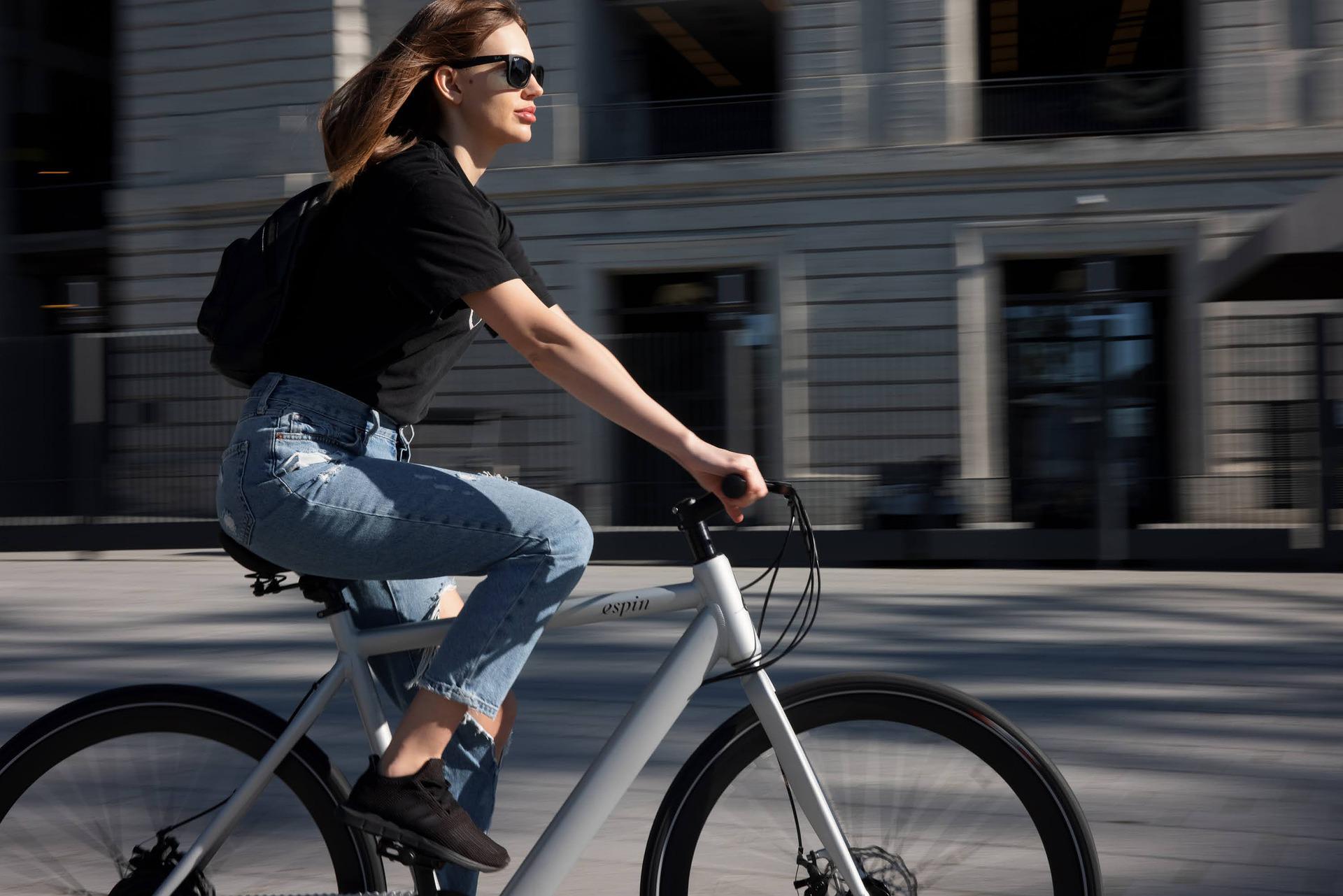
People who were previously naive to the negative impacts of climate change are now eager to adopt the newest and most effective green trends in order to save the globe. Electronic bikes are becoming a major contributor to humanity’s newfound will to save the planet, which is comprised of numerous factors.
Trying to select the perfect electric bike can seem a little difficult. Numerous options, standards, and performance “claims” must be considered before making the decision to buy the bike. Try as many different electric bikes as you can. This is perhaps the best advice we can give. The best method to determine what you prefer is to take a test ride, which is far superior to discussing potentially complex details.
This article will discuss some of the most significant factors to consider when purchasing an e-bike. Because let’s face it, you need not compromise your own comfort in order to make the planet more comfortable.
Support and Warranties
Purchasing an electric bicycle from a respected local bike shop is a sensible decision in our opinion. Then, you will have access to any assistance, guidance, or after-sales service you may require.
Similarly, we believe it is prudent to purchase an established brand. Not only is the quality more likely to be consistent, but they are also more likely to be able to provide replacement components in the future. After the first couple of containers have been sold and the profit has been realized, a large number of brands have vanished. As is typically the case, you get what you pay for!
Also, be sure to inquire about the warranty for the bicycle you’re considering. Be careful that they can vary for various bike components. Typically, the length of the warranty is a reliable indicator of the quality of the bicycle and the firm that stands behind it.
Battery
In addition to the preceding point, we urge you to inspect the battery and capabilities of an e-bike. This is due to the fact that e-bikes rely only on batteries, which tend to limit their range (distance covered). If you are accustomed to a reasonably long trip but have a battery with a limited capacity, there is a strong possibility that you may become stranded regularly.
Check the battery and performance data (range) of an e-bike before finalizing the purchase. Keep in mind that these batteries must be recharged every few hours through a standard wall outlet and can weigh up to 3 kg on average. Primarily, there are three distinct types of batteries, comprising lead-based, nickel-cadmium, and lithium batteries.
Lead-based batteries are the cheapest option, but they are also the heaviest and most susceptible to climate fluctuations. Compared to lithium-ion batteries, nickel-cadmium batteries are lighter, but if they aren’t completely drained before being recharged, their performance will suffer. Lithium batteries, on the other hand, provide more consistent performance but are far more expensive than the other two.
These three batteries are available in distinct types with varying power levels and ranges. A 400 amp-hour battery would be great for a couple of long hours of cycling.
Gears
People searching for e-bikes frequently anticipate a transmission that allows them to gain speed on demand. To accommodate this set of cyclists, e-bikes typically feature a derailleur system that enables riders to easily swap gears and experience an increase in power output.
Typically, versions developed primarily for urban usage include gear hub systems that are attached to the pedals, requiring the rider to stop pedaling in order to change gears. This technique reduces the strain on a rider’s legs and eliminates problems associated with chain derailment and leaping. Look for bicycles with a gear system if you require more consistent performance and versatility while riding.
Comfort
If you don’t feel comfortable on your bike, it will be utilized much less frequently! Consider how upright your riding style is, and whether you prefer classic or step-through frames. Traditional road bikes and mountain bikes require the rider to lean forward significantly. Numerous individuals find cruiser bikes and a variety of ‘commuter’ bikes more comfortable due to their upright riding position. The only way to determine which bike suits your riding style is to ride it. Small modifications to a bicycle’s geometry can have a significant impact on how it rides.
If mobility is an issue, or if you simply prefer the design, a step-thru frame is worth considering. These are far simpler to mount and remove than the traditional straight-bar frame.
Maintenance
Can you easily maintain your e-bike? In recent years, many e-bike brands have come and gone. If you purchase from an unknown brand or an internet vendor, you may receive a product produced with the cheapest feasible components and without assistance. An established dealer will have a track record of providing customer service and a steady supply of spare parts for all of their electric bike models.
Check to see if your seller has constructed the electric bike with easily replaceable, modular components.
Motors
There are so many motor-related variables that it would be impractical to go into considerable length in this essay. Ultimately, the best way to evaluate the performance and “feel” of an engine is to ride the bike. If feasible, attempt to simulate the type of riding you will be doing on a daily basis during a test ride.
If you reside in an area with steep hills, you should test the bike on a steep hill. If you are in a flat location, torque is not as important for getting you up hills. The overall quality and dependability of a motor are likely more essential than the motor’s aesthetic. Again, inquire about warranties and conduct internet research regarding the brand.
A motor’s power is measured in Watts (W). In general, the greater the ‘W’ number, the more powerful the bike will feel, but the shorter the range for a given battery capacity, as larger motors consume more energy. However, as mentioned below, the motor’s actual power output can be affected by its design. In other words, not every 350W motor is the same! In addition, there is a discrepancy between peak power and rated power; for instance, a motor rated at 350W can have peak power that is nearly double that amount. The majority of manufacturers list the rated power.
Mid-drive motors (often installed around the front chainrings) and hub motors (either front or rear) are the two most common types of motors seen on electric bicycles. Typically, the mid-drive motors exert force on the chainrings or chains. Front and rear axles are propelled by hub motors. Direct-drive (where the motor rotates at the same speed as the axle) or geared hub motors are available (where internal planetary gears allow the motor to spin at a different speed to the axle). Additionally, hub motors can be brushed or brushless. Most hub motors incorporate an internal free-wheel to prevent the motor from causing wheel drag when the wheel is at rest.
Assistance
If you have been searching for e-bikes, you may already be aware that they fall into two types based on the level of assistance they provide. Using a control module, you may essentially adjust the level of assistance in one. The module, which is either fixed or removable, allows you to receive the precise assistance you need from the motor.
On the other hand, there is a more advanced sort of help that provides proportionate aid by monitoring the rider’s pedaling and adding additional power to keep the vehicle moving easily. This not only improves responsiveness but also reduces the total amount of power utilized throughout the trip.
In conclusion, e-bikes are the future of motorbikes and will help us construct a more sustainable and environmentally friendly means of transportation. Despite the fact that the technology behind e-bikes is still in its infancy, more eco-friendly efforts will propel them to new heights in the near future.


[…] 5 Must-Know Things Before Buying an Electric Bike How to Save Gas and Money – Is There Really an Optimal Speed ? 7 Most Useful Robots for Restaurants # car inventions# future technology# gadgets# life style […]
[…] 5 Must-Know Things Before Buying an Electric Bike […]